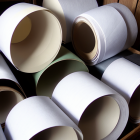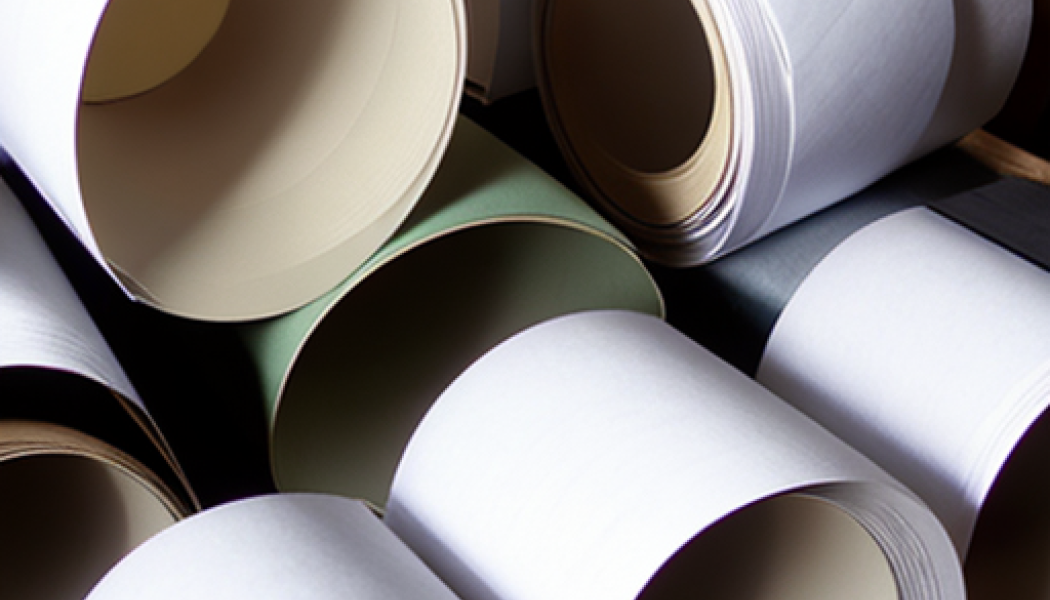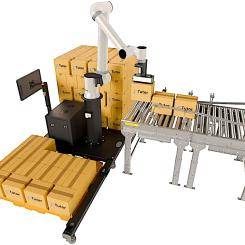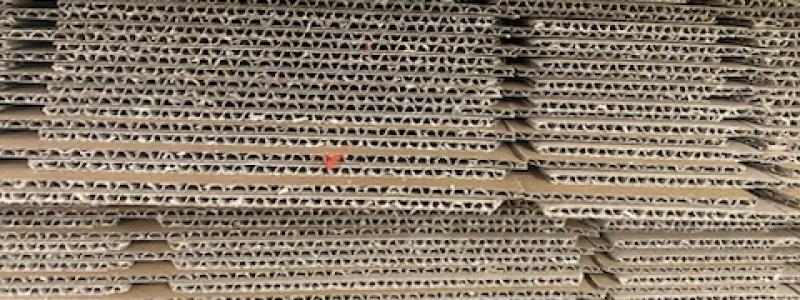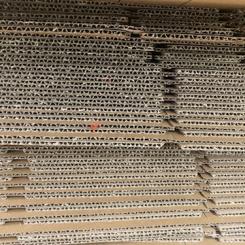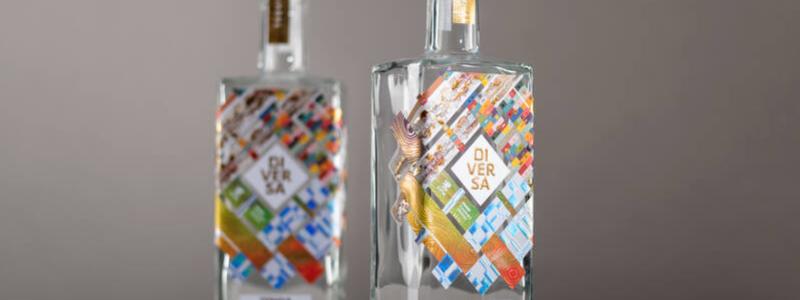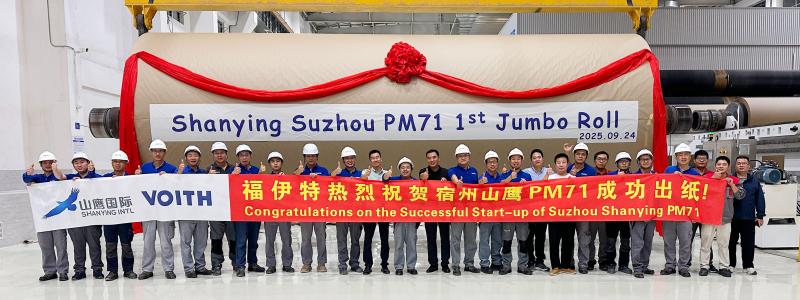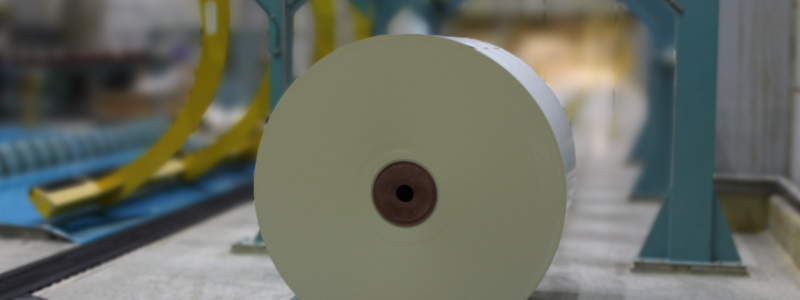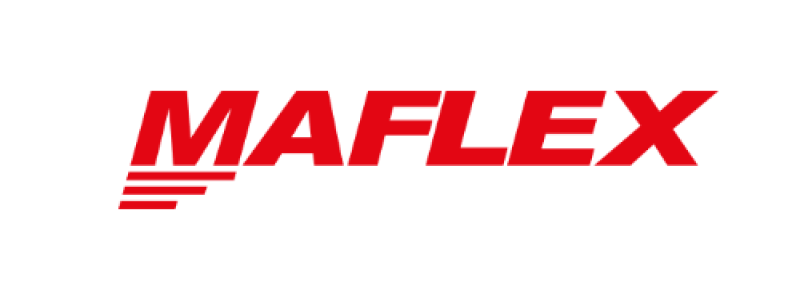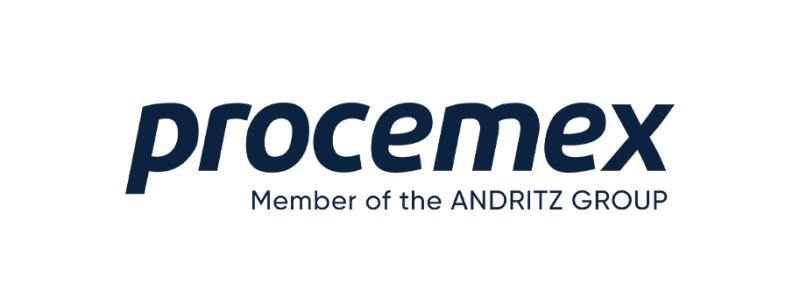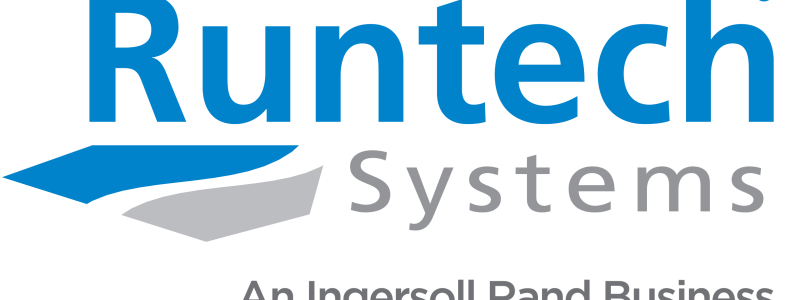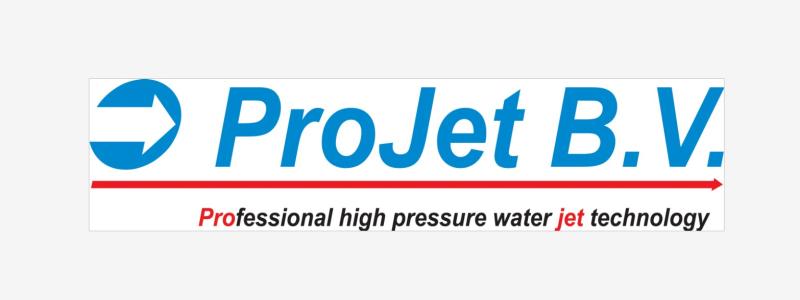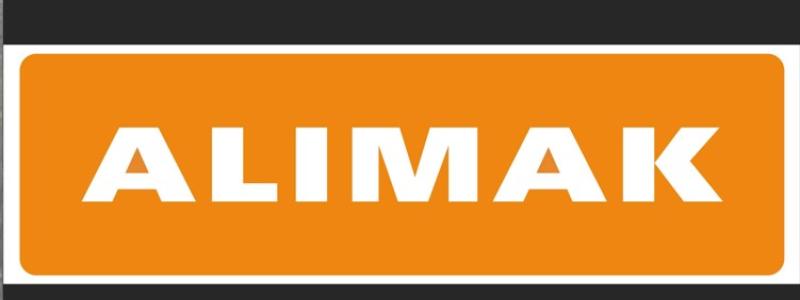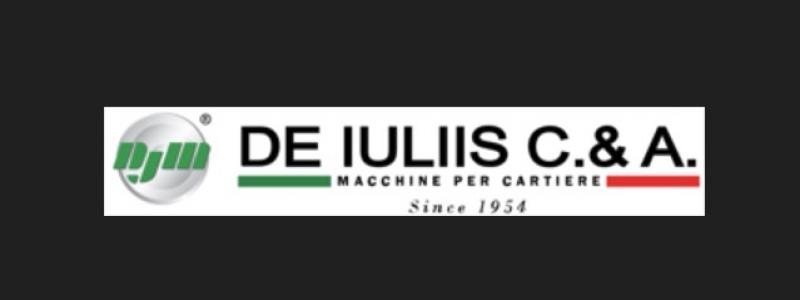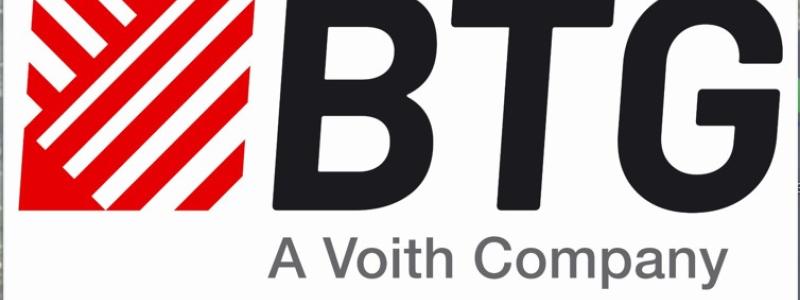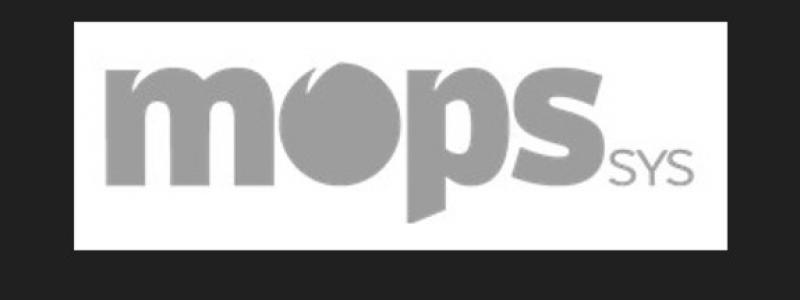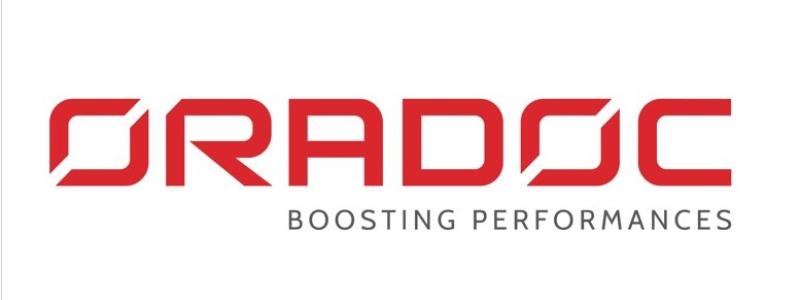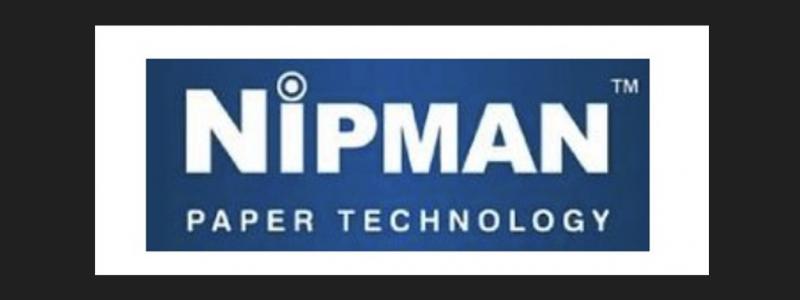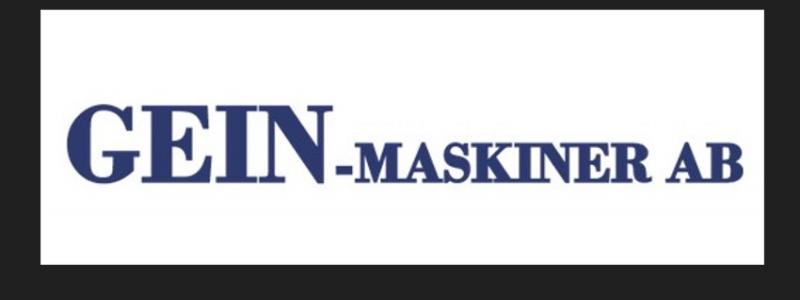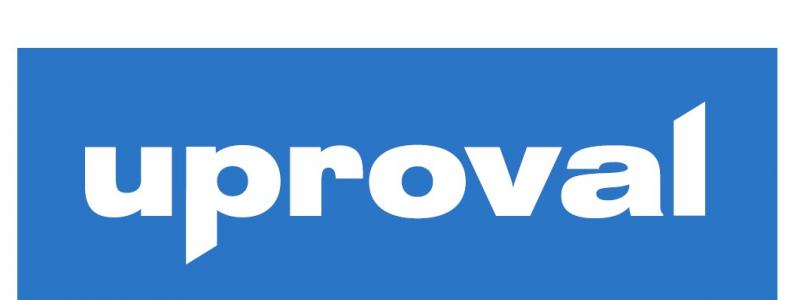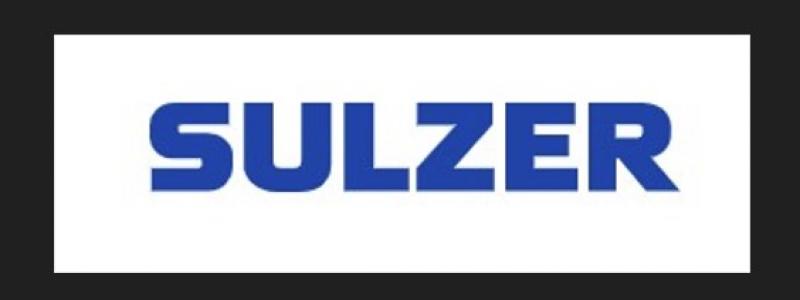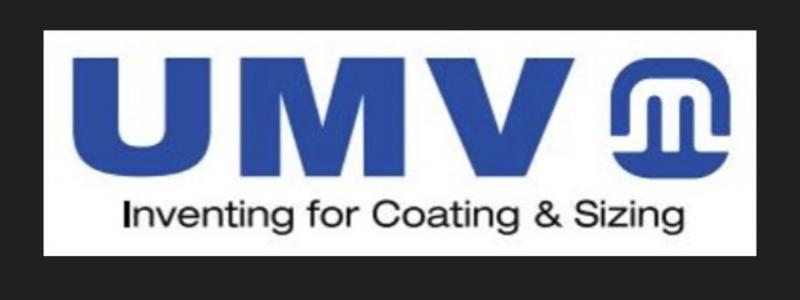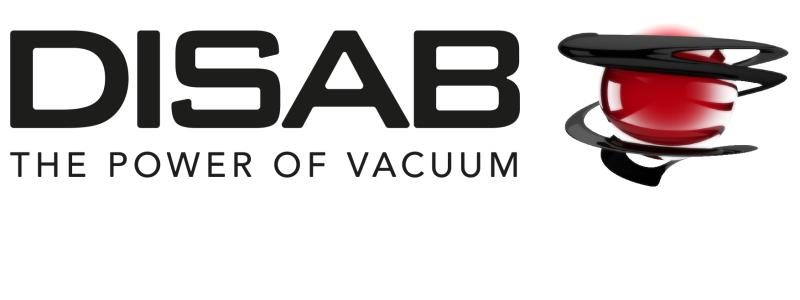The Tube Packaging Market is experiencing rapid expansion, driven by increasing demand for eco-friendly, lightweight, and convenient packaging solutions across personal care, pharmaceutical, and food industries. However, fluctuating raw material prices and the availability of alternative packaging solutions act as key restraints impacting market growth globally.
The Global Tube Packaging Market Size is projected to grow at a CAGR of 6.82% from 2026 to 2032, according to a new report published by Verified Market Research®. The report reveals that the market was valued at USD 11.55 Billion in 2024 and is expected to reach USD 19.58 Billion by the end of the forecast period.
Market Driver
1. Rising Demand for Sustainable and Eco-Friendly Packaging Solutions
The global shift toward eco-conscious consumption is one of the strongest forces driving the Tube Packaging Market. Brands and consumers increasingly prefer sustainable, recyclable, and biodegradable packaging materials. This shift is driven by regulatory pressures, environmental awareness, and the need for cleaner production cycles.
Manufacturers are investing heavily in green technologies such as bio-based plastics and paper-based tubes to align with circular economy goals.
The cosmetics, food, and pharmaceutical sectors are at the forefront of adopting recyclable tube packaging to meet brand sustainability commitments.
Governments and retailers are also encouraging low-carbon packaging to minimize landfill waste and carbon emissions.
Companies that emphasize eco-friendly packaging are not only meeting regulatory standards but also gaining a marketing advantage by appealing to environmentally responsible buyers. This trend is expected to create strong revenue streams for market participants focusing on green innovation and sustainable product differentiation.
2. Expanding Personal Care and Cosmetics Industry
The personal care and cosmetics industry remains a major growth driver for the Tube Packaging Market, owing to its high consumption of lotions, creams, gels, and other skincare formulations. Tube packaging provides superior product protection, easy dispensing, and an appealing design—qualities that align perfectly with the needs of premium and mass-market beauty brands.
Rising disposable incomes, urbanization, and the growing beauty consciousness in emerging markets such as India, China, and Brazil are boosting demand for packaged cosmetics.
Brands are investing in visually attractive, customizable tubes that enhance shelf presence and communicate premium quality.
The lightweight nature and compact design of tubes make them ideal for travel-size and on-the-go products, increasing consumer convenience.
As companies continue to expand their product lines and adopt personalized packaging solutions, the use of tubes will further strengthen across personal care segments. This demand ensures long-term growth opportunities for tube manufacturers catering to design flexibility, branding, and sustainability.
3. Technological Advancements in Packaging Design and Material Innovation
Technological evolution has significantly transformed the Tube Packaging Market. Advanced materials, innovative closures, and smart labeling solutions are enabling manufacturers to deliver higher functionality and visual appeal.
The use of multi-layer laminates, advanced extrusion techniques, and barrier coatings enhances product shelf life and protects against contamination.
Digital printing and 3D design allow for personalized branding, faster turnaround times, and smaller production runs.
Smart features like tamper-evident seals and NFC tags add safety and authenticity for premium products.
In addition, automation and digitalization in production processes are reducing operational costs and improving supply chain efficiency. These innovations not only improve consumer experience but also help businesses streamline manufacturing, enabling quicker market entry and improved profitability.
Market Restraints
1. Fluctuating Raw Material Prices
Raw material price volatility remains a key restraint for the Tube Packaging Market. The production of tubes often depends on petrochemical-based materials such as polyethylene, polypropylene, and aluminum—all of which are subject to global crude oil price fluctuations.
Price instability increases manufacturing costs and impacts the overall profitability of packaging producers.
Small and mid-sized companies often struggle to maintain consistent margins due to limited access to bulk procurement or long-term supply contracts.
The transition toward biodegradable and recyclable materials, while environmentally beneficial, can also elevate production costs.
These factors compel manufacturers to explore alternative materials and localized sourcing strategies. While this challenge creates short-term pressure, it also opens opportunities for developing cost-efficient, sustainable packaging materials that can stabilize long-term profitability.
2. Growing Availability of Alternative Packaging Formats
The Tube Packaging Market faces competition from other packaging formats such as pouches, sachets, bottles, and jars. These alternatives often offer similar benefits in terms of protection and convenience but may come at a lower cost, creating a competitive threat.
Flexible pouches and sachets are gaining traction in food and beverage industries due to their lightweight nature and low production expenses.
Rigid packaging formats like bottles provide better stacking, labeling, and reusability advantages for certain product categories.
Consumers' growing inclination toward single-use or resealable packaging formats is fragmenting market demand.
Unless tube packaging manufacturers highlight unique selling points—like precise dispensing, hygienic application, and aesthetic versatility—they risk losing customers to alternative solutions. Strategic differentiation, branding innovation, and functionality enhancement are essential to maintaining market relevance.
3. Environmental and Recycling Challenges
Despite sustainability being a core market driver, environmental and recycling issues present a serious challenge for tube packaging manufacturers. Multi-layer or laminated tubes, though effective for product protection, are difficult to recycle due to their composite material structure.
The combination of plastic, aluminum, and other barrier materials complicates separation during the recycling process.
Governments are implementing strict regulations on plastic waste management, forcing companies to adopt eco-compliant packaging solutions.
Transitioning to recyclable mono-material designs requires heavy investment in R&D and retooling production lines.
These environmental challenges increase operational costs and demand continuous innovation. Manufacturers that can successfully develop circular packaging models and partner with recycling facilities will be better positioned to meet global sustainability standards and consumer expectations, ensuring long-term market growth.
Geographical Dominance : The Tube Packaging Market exhibits strong geographical dominance across Asia-Pacific, driven by rapid industrialization, expanding personal care and pharmaceutical sectors, and high consumption in countries like China, India, and Japan. Europe leads in sustainable and eco-friendly packaging innovations, with major demand from the cosmetics industry in Germany, France, and the UK. North America continues to adopt advanced packaging technologies, especially in the healthcare and food sectors, ensuring steady market growth across the region.
Key Players
The "Global Tube Packaging Market" study report will provide a valuable insight with an emphasis on the global market. The major players in the market are Amcor, Albea Group, Essel Propack Limited, Huhtamaki Oyj, CCL Industries, Sonoco Products Company, Montebello Packaging, World Wide Packaging LLC, Unette Corporation, and Hoffman Neopack.



